The demolition of the Palace Cinema in James Street in 1992 was the end of an era of entertainment in Arbroath.
One of the town’s last links to the golden age of cinema, the picture house was being knocked down to make way for general needs housing.
It was the only cinema in Scotland designed by William R Glen, who was the renowned Associated British Cinemas (ABC) architect.
Of all Glen’s many cinemas for ABC, the Palace was the only one in the UK to survive right up until its demolition with its original external neon sign, canopy and all the original auditorium foyer lights and fittings.
The Hillcrest Housing Association worked with Angus District Council during the cinema’s demolition to preserve some of these beloved artefacts and make sure Arbroath’s links to the golden age of cinema would never be forgotten.
In this spirit we’ve delved into the DC Thomson archives to dig out these forgotten images of when Arbroath’s super-cinema came tumbling down.
Some have not been seen for 30 years.
Life and times
The Palace Theatre Cinema was built and operated by Associated British Cinemas Ltd.
It was built on the site of the old Palace Theatre, which operated from 1914 to 1939.
Long before that the site had housed the first Disruption Church in Arbroath.
The Great Disruption saw 450 evangelical ministers break away from the Church of Scotland in the 1800s to form the Free Church of Scotland.
It was abandoned as a place of worship in 1889 and reopened as the New Victoria Halls.
As the NVH, it became the backdrop for a variety of public entertainment over a 50-year period, witnessing the journey from variety hall to dance hall then picture drome and finally cinema, as tastes changed and technology progressed.
Known locally as the Gaff, variety and cinematograph shows continued there during the First World War.
“Talkies” were introduced to the theatre in 1929 and over the next 10 years the magic of the movies became its most popular attraction.
The reels kept rolling until late June 1939 when the old Palace Theatre closed down and the demolition of the building began to clear a site for the modern cinema.
The Palace Cinema opened on May 13 1940.
This was the only Scottish ABC entirely designed by their in-house architect William R. Glen.
The new cinema was opened by Provost Sir William Chapel and was the most modern of its kind in the country.
Its brand-new air conditioning was a noticeable feature as the theatre remained the same temperature all year round.
The Arbroath Palace Cinema was the largest in the district, having been planned to accommodate 1,500 people.
It was constructed almost entirely out of fire-resistant materials – there would be no blazes here, unlike at Dundee’s Palace Theatre in 1977.
Inside, the spacious entrance hall was decorated in a range of reds, blues, and pastel grey, and a wide staircase led to the extensive balcony that housed a lounge foyer, basket chairs, and tables.
The stage, however, was the real highlight and draped with a curtain of Brazilian gold which the cinema said would afford the people of Arbroath with the highest possible entertainment on the screen.
A preview of the new cinema in the Arbroath Guide stated: “The projection room is a separate steel and concrete tower rising above the main theatre and is of the most advanced character in equipment.
“The acoustic properties of the theatre are excellent, and the arrangement of the seating is such that there is not the slightest difficulty in both hearing and seeing from any part of the stalls or balcony.
“The care that has been taken in the construction of the new cinema finds expression even in the excellence of the accommodation in the way of rest rooms provided for the staff.”
Mr George H. Law was resident manager of the new cinema, having spent seven years managing the previous theatre.
He operated the cinema until it was used part-time as a bingo hall in the mid-1960s.
It became a full-time bingo club from 1984.
Border Movies
The Palace Cinema was taken over by new independent operators Border Movies in the mid 1980s.
It was a renaissance for cinema in the old building as films were once again screened using the balcony area.
Now run by Eyemouth businessman Eddie Poole, the cinema started hosting a club for children on Saturday afternoons to show Children’s Film Foundation productions.
A selection of cartoons was to be shown in the cinema, which was also getting a revamp under its new ownership.
However, not even its brand-new heating system could save the dying venue.
The stalls area of the building became a roller skating rink in 1988, in a last-ditch attempt to increase footfall.
The cinema finally closed in 1990 and Hillcrest Housing Association bought the building to turn it into a 23-unit housing development.
Demolition of old Palace Cinema begins
Demolition continued into the early 1990s.
In 1992 two large cranes appeared on James Street to remove the cinema’s steel roof girders.
The contractors were suspended from the cranes via a small cage.
Using oxy-acetylene torches, showers of sparks cascaded down the building as sections of the roof were prised from their fixings.
Applications for a new cinema in Arbroath were submitted to the council regularly from 1996 – but none came to be and residents of the town had to visit Dundee every time they wanted a night at the pictures.
However, the housing development built on the site was a success in its own right.
The Dundee-based Hillcrest Housing Association picked up the Arbroath Civic Award in the late ’90s.
Designed by Dundee architect Roy Clark of Baxter Clark & Paul, the development caught the judges’ eye thanks to it recreating the traditional east coast character they felt was missing from the town centre.
Hillcrest projects officer Dale Macdonald said he was delighted the association’s work had been recognised.
The magic of the silver screen returned to Arbroath in 2014.
The popular Chalmers Nightclub was transformed into a cinema for a few one-off showings, which were so well-received that the movies soon replaced the dancing and it was permanently converted into a movie theatre.
The commercially-operated movie theatre has since gone from strength to strength and today shows the latest blockbusters at its waterfront venue.
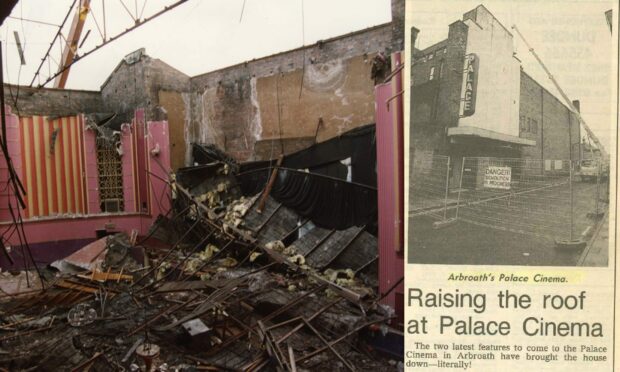
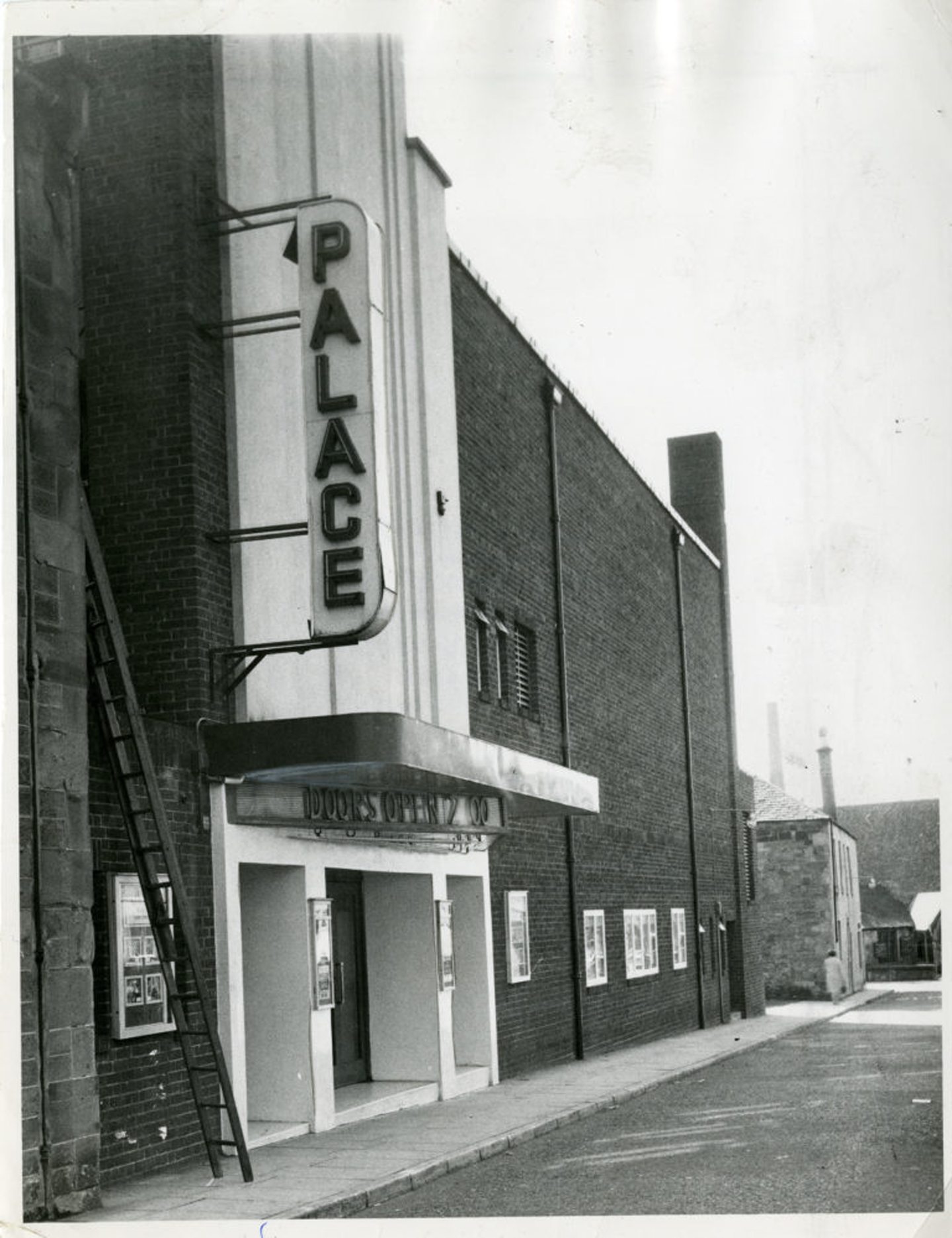
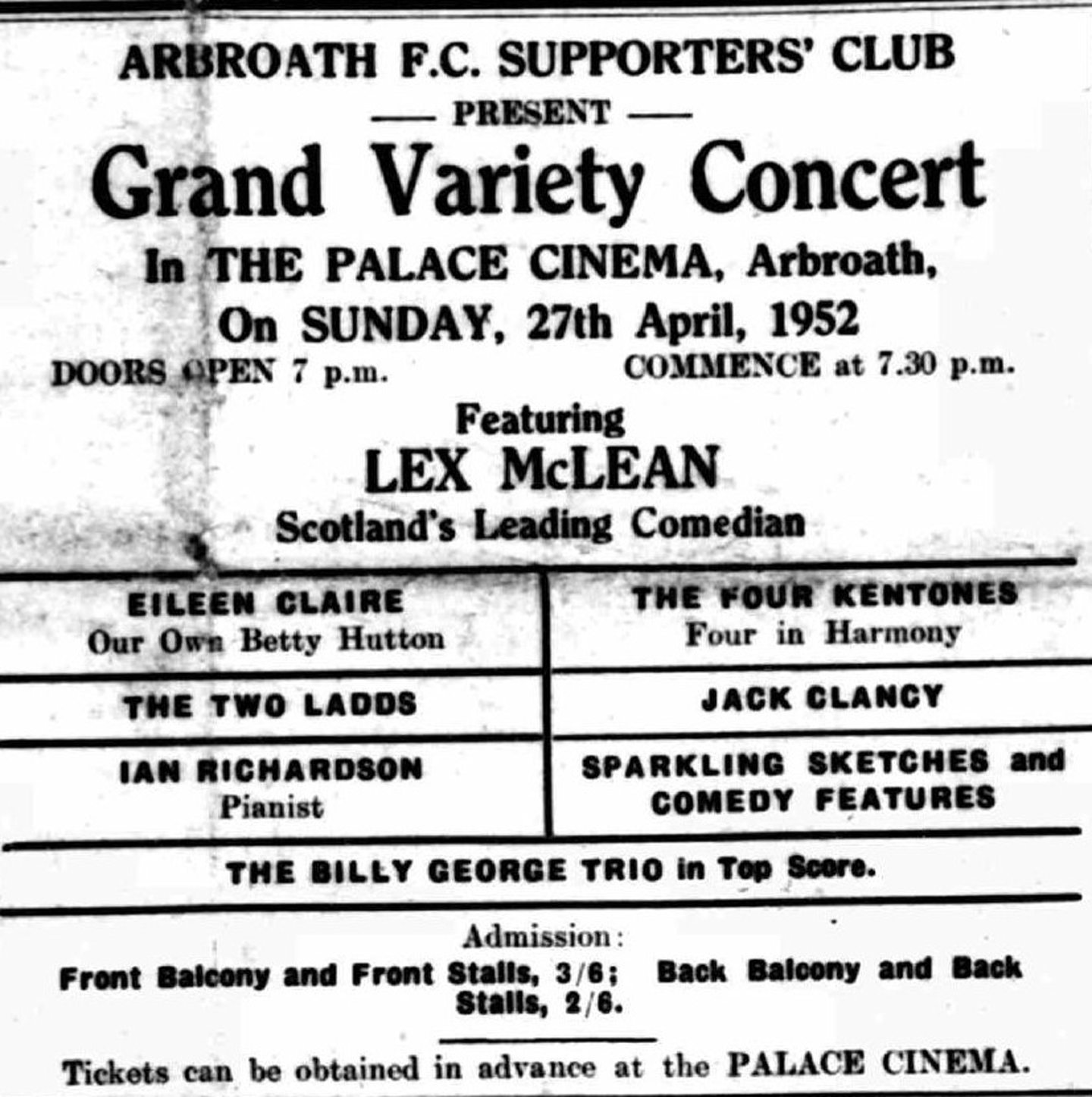
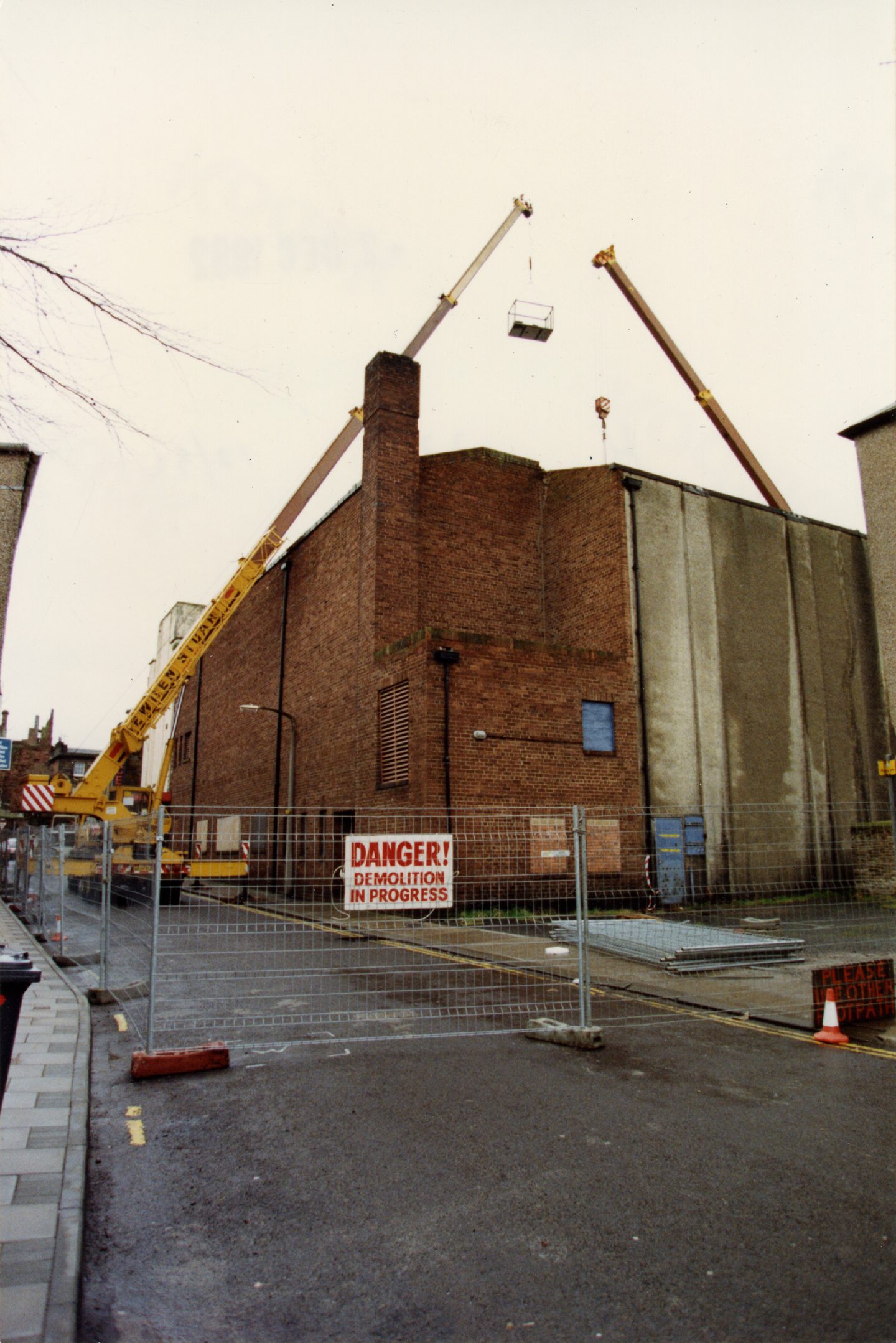
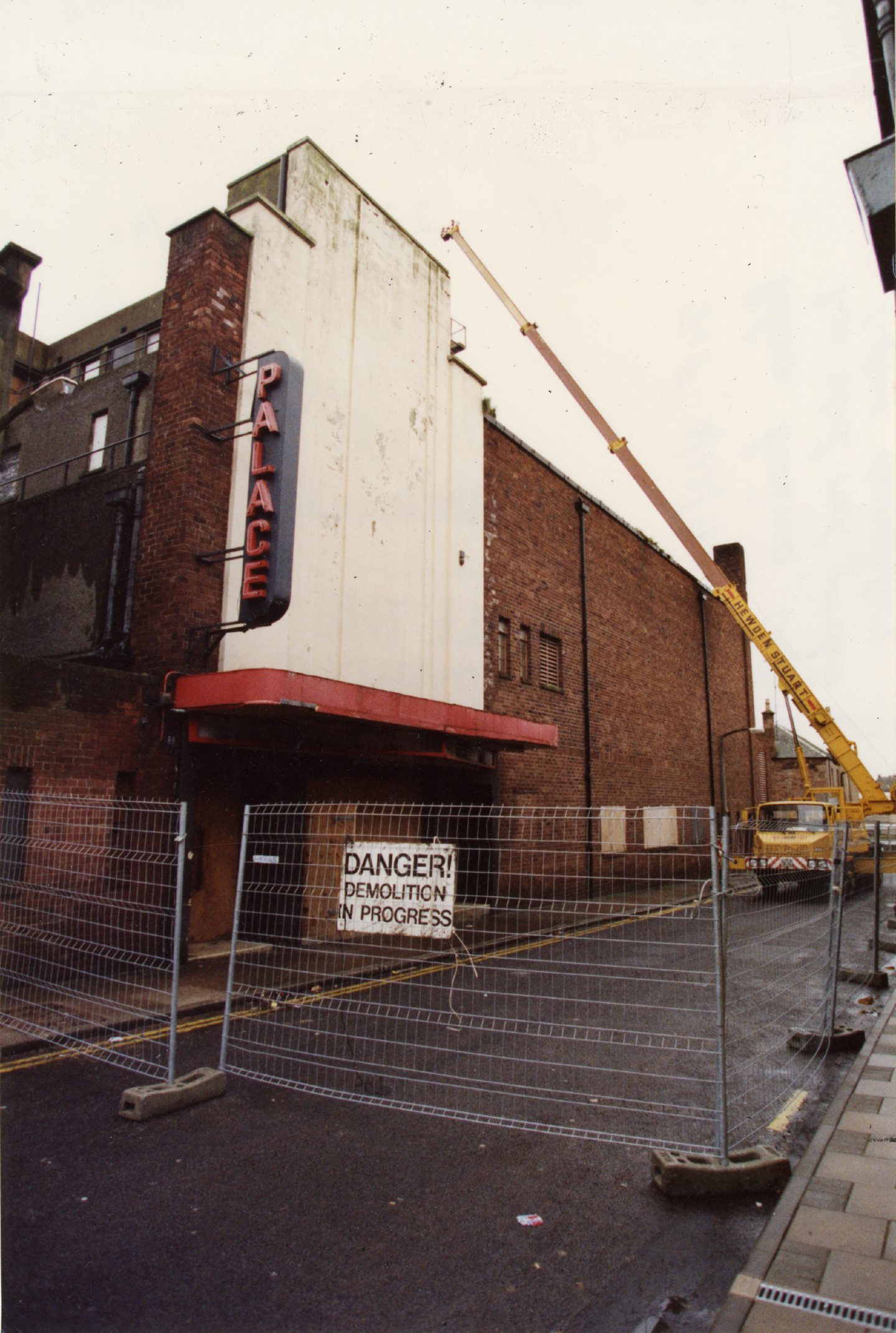
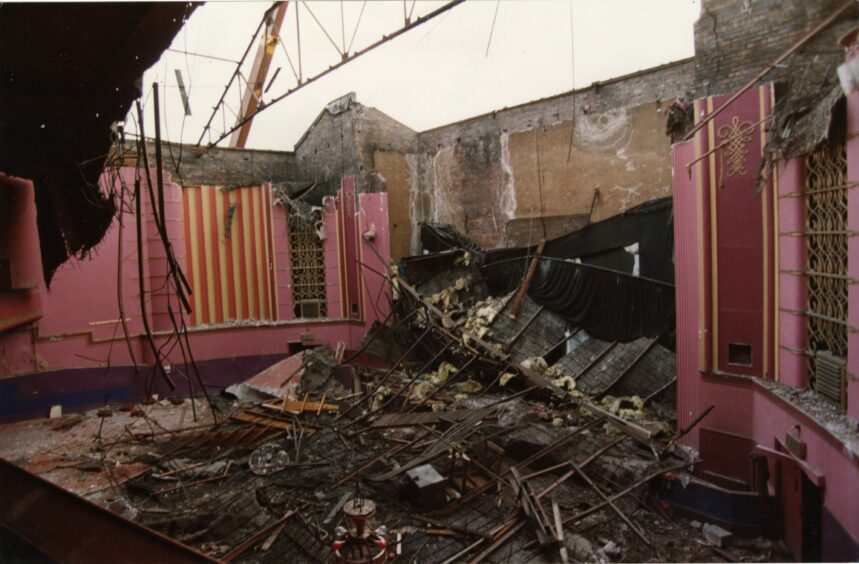
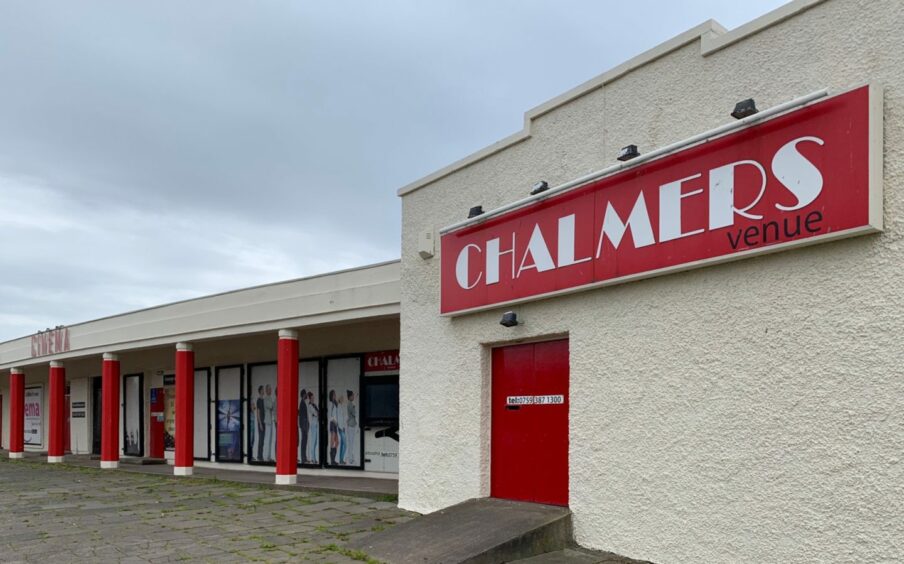










Conversation